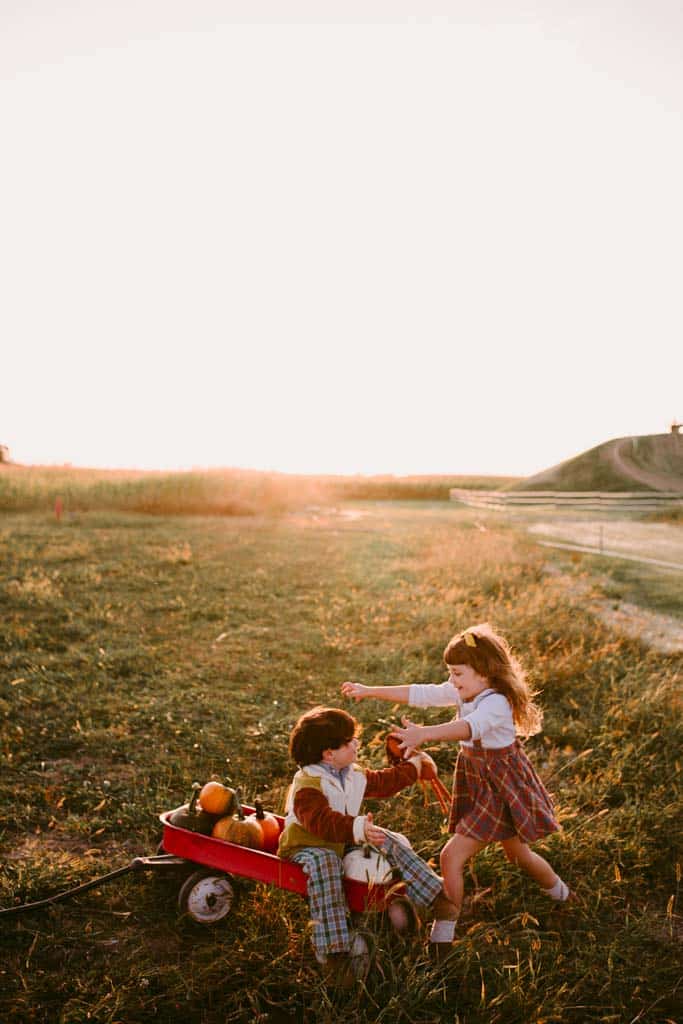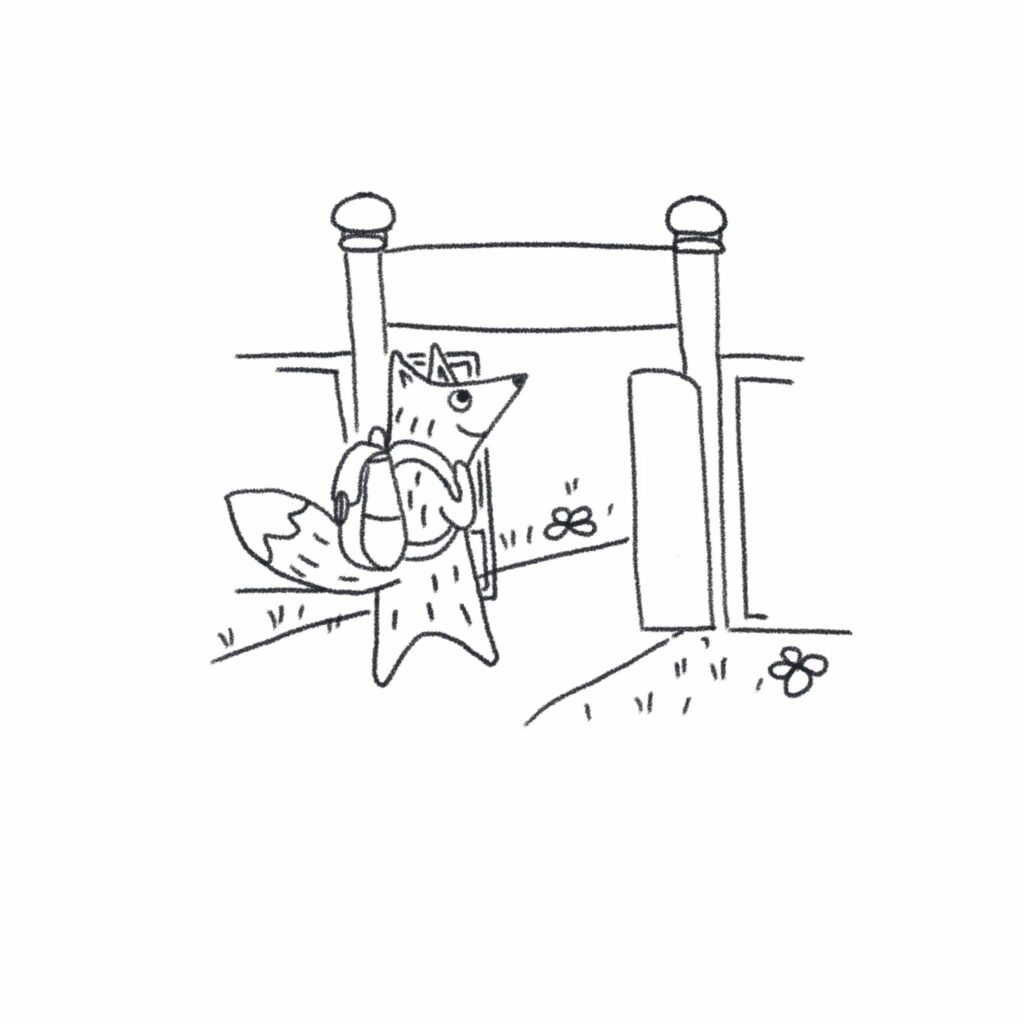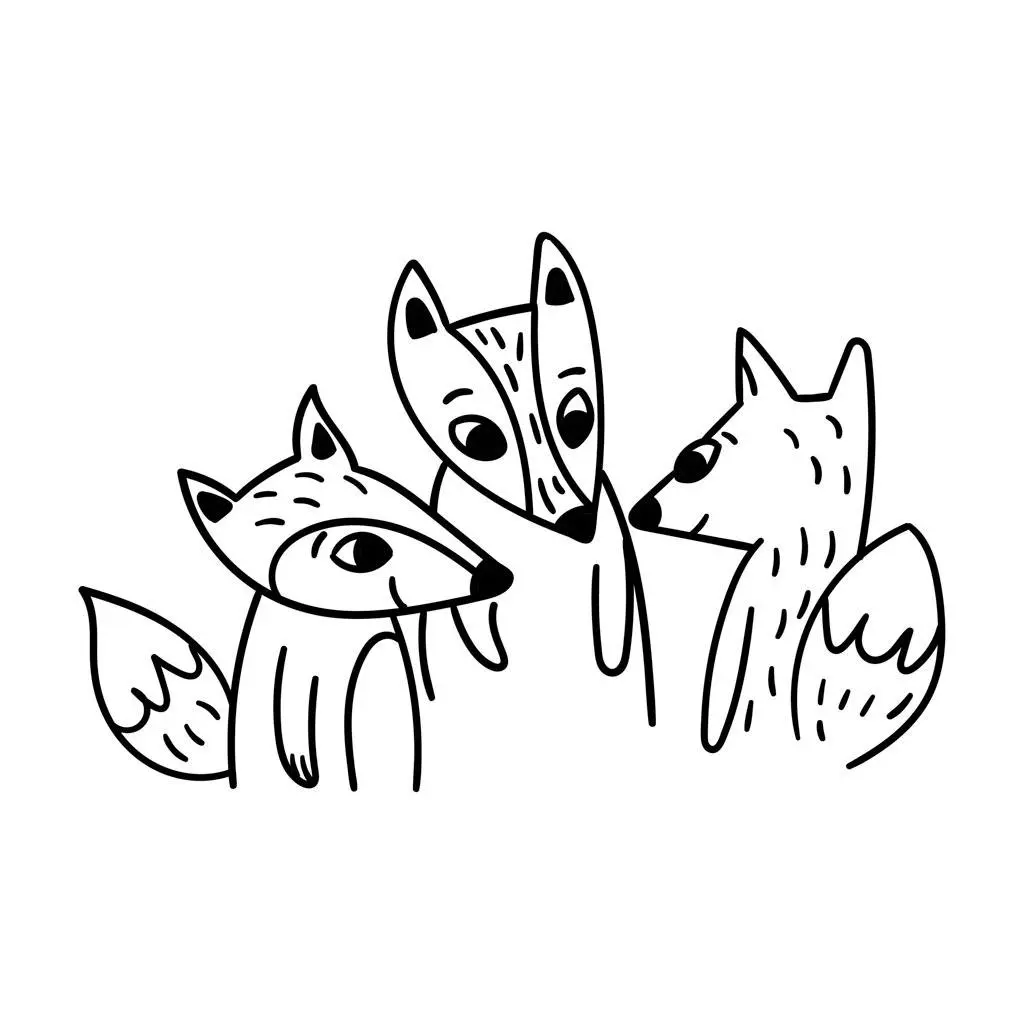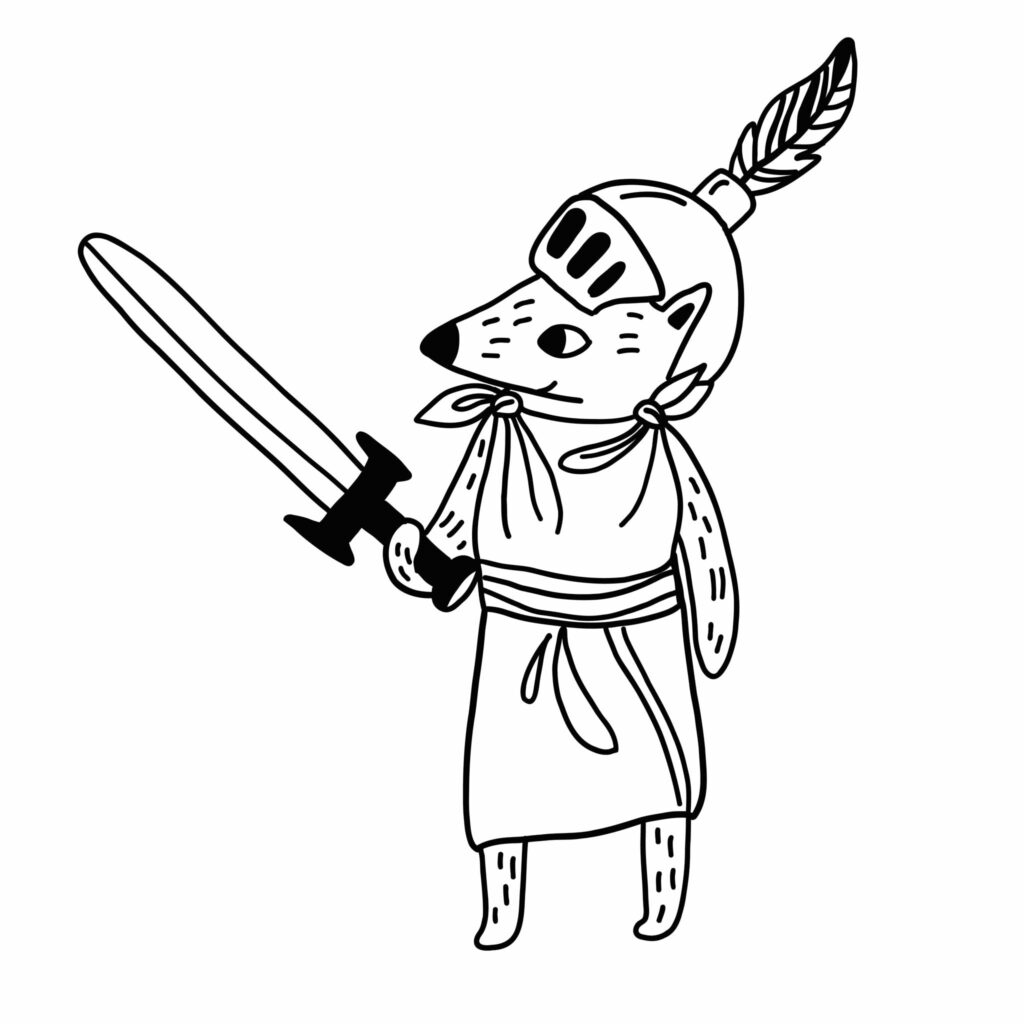How do children learn to communicate? How does language happen and is it something that can be nurtured? Early Years teacher, Emma Gouldbourn, looks at the fascinating process of our children’s language, from baby babble through to toddler talk.
Table of contents
- Introduction
- Baby babble
- How to create a communication friendly space
- How to encourage speech and language development
- Toy and resource recommendations
- Final word

Introduction
How does language happen? Spoken language is a natural process, and humans are hardwired to speak. In the absence of a neurological or hearing impairment, all children have the capacity to learn to talk. But if a child does not talk by an ‘expected’ milestone or set age, how can we nurture the communication skills that are required for them to become an effective talker?
Baby babble
When do babies begin to babble? It depends. But one thing is for sure, there is no better sound than hearing your baby’s adorable first coo’ and babbles. I am the first to admit to shedding a tear when my baby first uttered ‘mama’, even if she was lovingly gazing at an empty kitchen roll tube at the time!
After a year of maternity leave which fell right during lock-down, I worried I had forgotten how to communicate using my ‘adult voice’. I had spent so much time talking to my little one in my high-pitched sing-song voice, I was a little worried I would never be able to hold an adult conversation again. But none of these efforts are in vain, as the most valuable tool to help your baby to communicate is you!
Your voice as you sing, your eye contact as you study one another’s face, the way you chatter out loud as you go about your day. (Make the most of this precious time, it’s the time in your child’s life that they don’t attempt to answer back!) You can even begin to have first conversations by imitating your baby and letting them know that what they are trying to communicate is important to you.
The age at which children learn to talk varies hugely, however if your child can say less than six words by around the 18-month mark, you could think about seeking advice from your Health Visitor or GP as earlier intervention is always beneficial. It could just be the case that your child isn’t quite there yet, but it’s always best to rule out hearing issues or developmental concerns if a delay in talking is combined with a lack of eye contact as this could be a sign of an autistic spectrum disorder. Talk to a health professional if you are at all worried.
Creating a communication-friendly space
Have you ever noticed how hard it is to have a proper conversation with someone in a busy and noisy bar or restaurant? You try your hardest to not only hear what the person you’re trying to have a conversation with is saying, but also to not be distracted by the hustle and bustle of the room around you. Now imagine the person you are speaking to is speaking a foreign language and you’re trying in vain to listen and concentrate but nothing is making sense.
For a child in the early stages of speaking, the right environment can make a world of difference and a space which fosters calmness, aids concentration and promotes effective listening is key. Nothing fancy is necessary, a cosy book corner with cushions and soft lighting or a homemade den with blankets and torches and your child’s favourite books, are simple yet effective ways of fostering speaking and listening skills amongst babies and young children. My favourite thing in the world is to ‘have a conversation’ with my 14 month-old daughter. She babbles, I listen, I babble back, she crawls off… you get the gist.

Encouraging speech and language development
Do you find yourself answering hundreds of ‘whys?’ as your child is quickly learning new words at a rapid pace? Or perhaps your friend’s children are speaking in full sentences and you are beginning to add speech to your long list of things to worry about.
As with all things related to childhood and hitting milestones, it’s hard to not become drawn into making comparisons such as when your child ‘should’ be sitting up, crawling, walking and so on and talking is no exception. But at what point does delayed speech become a concern and what can we do to help our budding chatterboxes?
There are various stages of language development and communication milestones include both receptive and expressive forms. Your child needs both to be able to hear and understand sounds and words and be able to articulate speech sounds and words.
‘Typical’ milestones
Often babies speak their first words around 10-14 months of age, your child may use gestures alongside their initial words to ensure the meaning really comes across. Cue hilarious facial expressions and lots of pointing.
By around 15 months of age your baby is likely to enjoy joining in with action songs and even perhaps pointing out parts of their body. Think heads, shoulders knees and toes on repeat!
Somewhere between 12-18 months naming familiar objects and particularly things that they are interested in.
Somewhere in the region of being able to say 10 words or so usually happens by around 18 months of age.
18 months onwards their understanding will develop rapidly and they should be able to follow simple instructions that involve key words such as ‘give me the teddy and brush’. Instructions such as ‘come here’ can usually be understood from this point on too. This is when the fun starts and they start to answer with one of their favourite words – ‘NO!’
What you can do to help
- Take turns in games
- Learn new words
- Learn the names for categories such as toys, food, animals, clothes
- Have fun playing with dolls and teddies and ask questions when looking through books together, such as – ‘where is the cow?’ ‘Where is the teddy?’
A helping hand
Some children may need a little nudge to help grasp the complexities involved in learning to communicate and talk. When playing with your child try the OWL method: Observe, Wait, Listen. Face to face play and interaction is key and even though spoken language may not be happening yet, communication in other ways such as eye contact and facial expressions are just as important to respond to.
What is the OWL method?
Developed by a speech and language pathologist to help children with language delays, the OWL method encourages children to take the lead.
Observe what your child is doing and what she is interested in. Just watch her play.
Wait, wait and wait some more. Wait until she decides to interact with you.
Listen to your child. When she speaks, show that you value what she has to say. You will be tempted to jump in if she doesn’t respond immediately but must resist the urge! It’s impossible to listen to your child if you are doing all the talking. Reducing your language and waiting is key.
A great way to keep a conversation with a child going is to give them choices, so instead of asking ‘do you want a drink?’, try asking ‘would you like milk or water?’ If they do not know the word for either yet but they gesture towards one or the other, then give them the name e.g. – ‘oh you would like water, great!’ Another way to extend conversations is instead of relying on the asking of questions such as ‘what is that?’ try commenting ‘wow, that’s a tall tower!’
Learning verbs and helping your child to use them
Using single words such as ‘washing’, ‘eating’, ‘drinking’, alongside a toy such as a teddy or a doll is a simple yet effective way of helping them learn verbs. Then, move on to using the doll alongside another object and build in using short sentences such as ‘dolly is eating’. Extend the sentence further – ‘dolly is eating an orange’.
Try making the toy carry out different actions, (model the action first – e.g. demonstrate what jumping is, or role play that you are sleeping) for example – ‘dolly is sleeping’, ‘dolly is drinking’, ‘dolly is jumping’. Have fun with it and really make the important action words stand out. Speak slowly and clearly and allow your child time to understand what you are saying and time to respond.
Toys and resources
For babies:
- Books
- Balls
- Simple puzzles
- Play games such as ‘peek a boo’
- Sing, sing and more singing!
- Real life objects
Reciprocal play, such as something simple like rolling a ball to each other teaches your child how to take turns. Turn taking is definitely a learnt skill and even though it seems so simple the benefits of eye contact, building relationships, waiting for their turn all builds the foundations to taking turns in conversations too!
Words – although it may feel strange at first, try narrating your day as you go about your business, from choosing groceries at the supermarket, to pointing out things you can see when out and about walking. I like to maximise time spent in parent facing prams so that you can maintain eye contact, whilst at the same time chattering on and pointing out what you can see.
Books are often an obvious choice but ensure you choose simple books with clear images on each page, babies struggle to filter out too many visual (and auditory – turn the tv off!) distractions and this can inhibit language learning. Pictures on a plain background are best and if they can closely represent real life images – even better!
For toddlers
- Teddies
- Dolls
- Vehicles
- Animals
Playing with dolls has so many benefits, children need to hear words over and over again and rather than being prescriptive make it fun by encouraging them to play whilst helping their language at the same time. By making the doll the focus of the activity this takes any pressure off your child when teaching verbs and action words.
Simple, friendly dolls without too much gender stereotyping are the best way to go at this age.
For pre-schoolers
- Doll’s house
- Kitchen and play food
- Puppets
- Small world
Imaginatie play is really coming into its own at this stage, and small world play can be a fantastic way of encouraging speech development. Playing with characters, animals and vehicles gives children the opportunity to act out experiences, and an on-hand adult, friend or sibling can be the perfect ‘teacher’ to help them with their ever-growing language skills.
Final word
There is huge variation in when children start to talk. If you have concerns then seek professional advice but do bear in mind there are many possible explanations for late talking. For some it may just be a stage they are at or for others it could be an expressive language disorder or a speech disorder. All children learn at different rates and this is what makes them so wonderfully unique!




